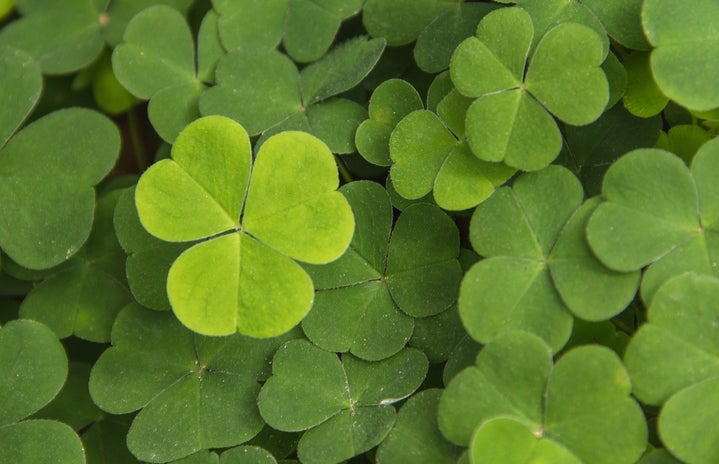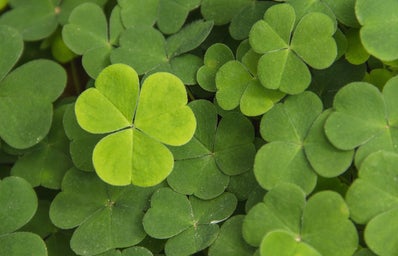When you think of the Irish legend of Leprechauns, do you also think of cute little fairies that are the size of peas and fly around with sparkly wings? No, you probably don’t. Truth be told, I wasn’t completely aware of the fact that Leprechauns are even remotely related to the fae in any way, but here we are.
The origin of the leprechauns dates way back to the 8th century, when the term “leprechaun” was used to refer to small bodied water spirits, who eventually merged with house fairies and caused mischief regularly. The actual origin of the term “Leprechaun” is supposedly born from the term “Leath Brogan” which means shoemaker. And if you’re familiar with today’s common renditions of Leprechaun tales, you’ll know that they have a knack for stealing gold coins and hoarding them in a pot at the end of the rainbow.
But, today’s renditions of the average Leprechaun look isn’t quite what it used to be. In old 1800’s tales, they were said to have worn an outfit of entirely red cloth, not green as we’re used to. The common green cloth we see today is said to have originated when Ireland began to be associated with the color green in the late 19th century. It is also said in the Times article, “Happy St. Patrick’s Day! A Brief History of Leprechauns” that Leprechauns may have transformed their clothing over time to match their surroundings in order to camouflage themselves.
I personally enjoy myths and legends of this sort. I think they’re really fun and exciting to learn about, especially when the magic of being a child on holidays such as St. Patrick’s day seemed to have vanished as we grew up. I remember being a kid in elementary school and making Leprechaun traps as a class and letting them sit out in the hallways for us kids to trap them and take their gold. Of course, no one ever actually captured one, but like I said, it was such a fun experience imaging we would. And we weren’t necessarily let down when we didn’t catch one either, because we were told that they’re clever and mischievous. Maybe our shoebox traps were no match for the little guys.
Anyway, I would like to add that while researching for this article I learned that in some legends, people believe that Leprechauns are the unwanted children of fairies. Hence the reasoning behind never ‘seeing’ a female leprechaun in centuries. Furthermore, since there are only male leprechauns with no way to reproduce, they are also named under the Irish EU protected species law. Do with this information what you will.



